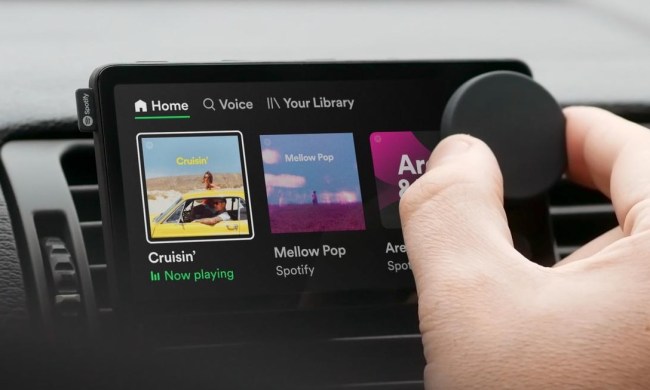In the wake of an investigation by the Daily Dot, Spotify has kicked a major third-party service off its platform. SpotLister, one of many services that specialize in placing songs on the streaming service’s highly coveted playlists, has been now been deemed non-compliant with the streaming service’s terms of use. As a result, SpotLister noted on its website, “Our API key has been deactivated [and] we will no longer be able to operate our platform.”
For the last couple years, SpotLister sought to help musicians gain a spot on Spotify playlists. How did it do it? When the company started in 2016, it offered “pitching services” in order to create buzz on SoundCloud, and soon thereafter, Spotify. Clients would pay the two 21-year-old college students and co-founders anywhere between $1,000 and $5,000 to ensure that their music ended up on a prominent playlist. After all, Spotify is known for introducing its listeners to new music via its pre-determined lists of new and emerging songs. Indeed, playlists represent nearly one-third of all listening that takes place on the platform, as per a recent SEC filing.
“We started out paying $5 [for a playlist add] and that worked in the beginning,” SpotLister co-founder Danny Garcia told the Daily Dot. “When more people started getting into the game, you saw the prices starting to rise, and then the playlisters started seeing that they were relevant and worth a lot more. There are some playlists that have 90,000 followers that can charge $100-$200 for an add, all the way up to playlists with 500,000 who can charge $2,000 for one placement.”
The problem is that Spotify explicitly prohibits this practice. In a statement, the company noted, “There is no ‘pay-to-playlist’ or sale of our playlists in any way. It’s bad for artists and bad for fans. We maintain a strict policy, and take appropriate action against parties that do not abide by these guidelines.”
But for quite some time, it would seem that the policy wasn’t enforced all that well. After all, SpotLister at one point purported to have access to more than 1,500 curators who reached around 11.7 million followers. And once songs began appearing on more and more playlists, they would eventually make their way onto Spotify’s official playlists. Most importantly, because artists actually generate revenue based on streams, they’re effectively paid (or paid back) by Spotify for initially paying to get their music on the platform.
Now, it seems that these services are truly meeting their end — or at least, SpotLister is. The company is refunding users for any outstanding balances, and will delete its services once this process is complete. So when it comes to paying for play, in this case, the fat lady has sung.


